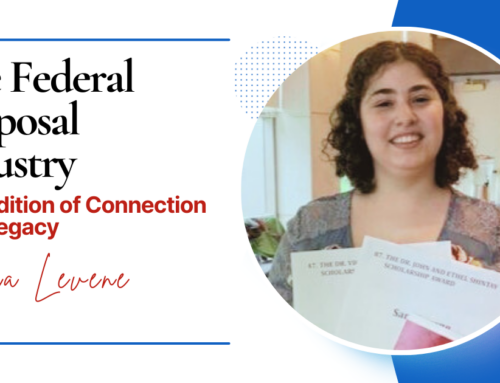When overwhelmed by a deadline, I can fall into unhealthy mental habits. I get stressed, frustrated, and exhausted. However, years ago, I started using three techniques to ensure a happier, healthier, and more successful me. I learned these strategies from successful business professionals and life coaches. The following strategies work well together to help me remain positive and less stressed. Use what works best for you.
1. The Platinum Rule.
The Golden Rule recommends, “Treat people as you want to be treated.” In my experience, the Golden Rule has a critical flaw. It assumes that everyone is like me. (Thankfully, that is not the case!) Everyone I work with is unique. They have unique experiences, personalities, ideology, hopes, fears, biases, and so on. I do not assume everyone wants to be treated the same.
Personality tests such as Myers-Briggs and DISC prove that people have different communication preferences and styles. For this reason, I follow the Platinum Rule, which states, “Treat people as they want to be treated.” To do so, I must—per the rule’s requirement—learn how others prefer to be treated by applying the next two strategies.
2. Seek first to understand then be understood.
Habit five in Stephen Covey’s book, The 7 Habits of Highly Effective People, states that we should seek first to understand then be understood. (I use this approach to create winning graphics.)
A communication breakdown usually occurs after I make false assumptions. When I listen twice as much as I speak, my proposal team becomes stronger. I often include the reason for my requests or task assignments so my teammates understand the goals behind the activity. When everyone understands why we are performing a certain task, my team and I execute with greater precision and frequently improve what or how we perform.
3. I am responsible.
Several years ago, I read an inspiring book about a prisoner in Auschwitz. I cannot remember the title (perhaps Man’s Search for Meaning by Victor Frankl), but I took away a lifelong lesson. In the true story, the protagonist suffered in ways I cannot imagine. When asked how he survived, the author said that he held tight to his last true freedom. No matter what atrocity was done to him, what he thought and did was always up to him. He was completely responsible for his conscious thoughts and how he reacted. Believing that he was completely responsible—and in control—helped ease his mind and focus his actions accordingly.
Similarly, I believe that, no matter what happens, I am responsible for (have control of) my response. I have a choice. For example, if a misprint occurs on the final proposal cover, I can get upset or I can focus my energy on finding a solution. I can’t travel back in time and fix the incorrect cover, but I can put aside my frustration to reevaluate the situation and react in a positive way that will solve the problem.
These three strategies help me through the most challenging proposals. I hope some or all of these strategies will help you as well.
This article was originally published on 24 Hour Company‘s blog.






Leave A Comment